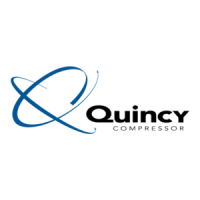
Do you have a question about the Quincy Compressor QT-15 and is the answer not in the manual?
| Model | QT-15 |
|---|---|
| Horsepower | 15 HP |
| Max Pressure | 175 PSI |
| Configuration | Vertical |
| Pump Material | Cast Iron |
| Tank Capacity | 120 gallons |
| Phase | Three Phase |
Focuses on safety as a primary concern in design and operation.
Explains DANGER!, WARNING!, CAUTION! indicators and their meanings for safety.
Lists essential safety rules for compressor operation and maintenance.
Warning about the dangers of improper lifting during installation.
Caution regarding carbon monoxide from gas engines and ventilation needs.
Warning against using compressors in toxic or corrosive environments.
Requirements for electrical installation, grounding, and voltage.
Danger of high voltage and lockout/tagout procedures.
Caution about operating compressor off-level or moving it while running.
Warning about excessive compressor RPM and potential shattering of parts.
Danger associated with pressure relief valves and system integrity.
Caution about locating air inlets away from toxic or hot atmospheres.
Requirements for air receiver tanks and pressure vessels.
Warning about modifying pressure vessels and potential hazards.
Warning about draining oil/moisture residue from the air receiver.
Warning against opening tank drain valve with high pressure.
Warning against removing components to relieve tank pressure.
A comprehensive checklist before connecting to power.
Warning about potential restart and following maintenance procedures.
Warning about consequences of not performing the pre-start checklist.
Procedures for initial startup and operation of the compressor.
Procedures for safely stopping the compressor for service.
Warning about assuming safety and potential restarts.
Warning against using flammable solutions for cleaning.
Guidance on checking and maintaining lubricant levels and types.
Warning about electrical power inside the pressure switch.
Warning not to exceed system pressure or motor amp draw.
Warning about automatic stand-by mode and safety precautions.
Warning about pilot valve adjustments and warranty.
Lists probable causes for low discharge pressure.
Probable causes for milky lubricant in the crankcase.
Probable causes for excessive vibration in the compressor.
Probable causes for compressor overheating.
Probable causes for high discharge temperature.
Probable causes for compressor knocking sounds.
Probable causes for excessive current draw by the motor.
Probable causes for the compressor failing to start.
Caution regarding persistent overload relay trips.







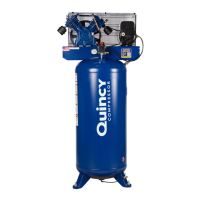

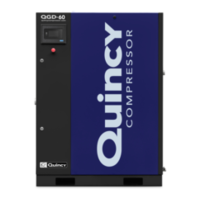
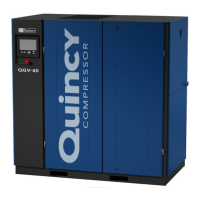
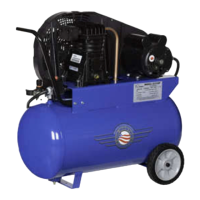
